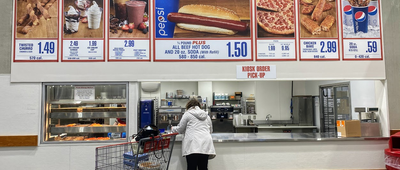Dining Out
Going out to dinner in the 1950s was an entirely different experience compared with today. Back then, diners had to adhere to a strict set of social norms and expectations that most people today would likely roll their eyes at. The era also emphasized traditional values that shaped most social interactions, especially on dates. Couples were expected to adhere to these rules, where chivalry and courtesy were a must.
From the moment a young man picked up his date at her home to the time they said goodnight, every aspect of the evening was imbued with a sense of decorum and tradition that might be labeled as corny or overbearing by today’s standards.
Here are 20 ways that show how going out to dinner has changed over the years.





























